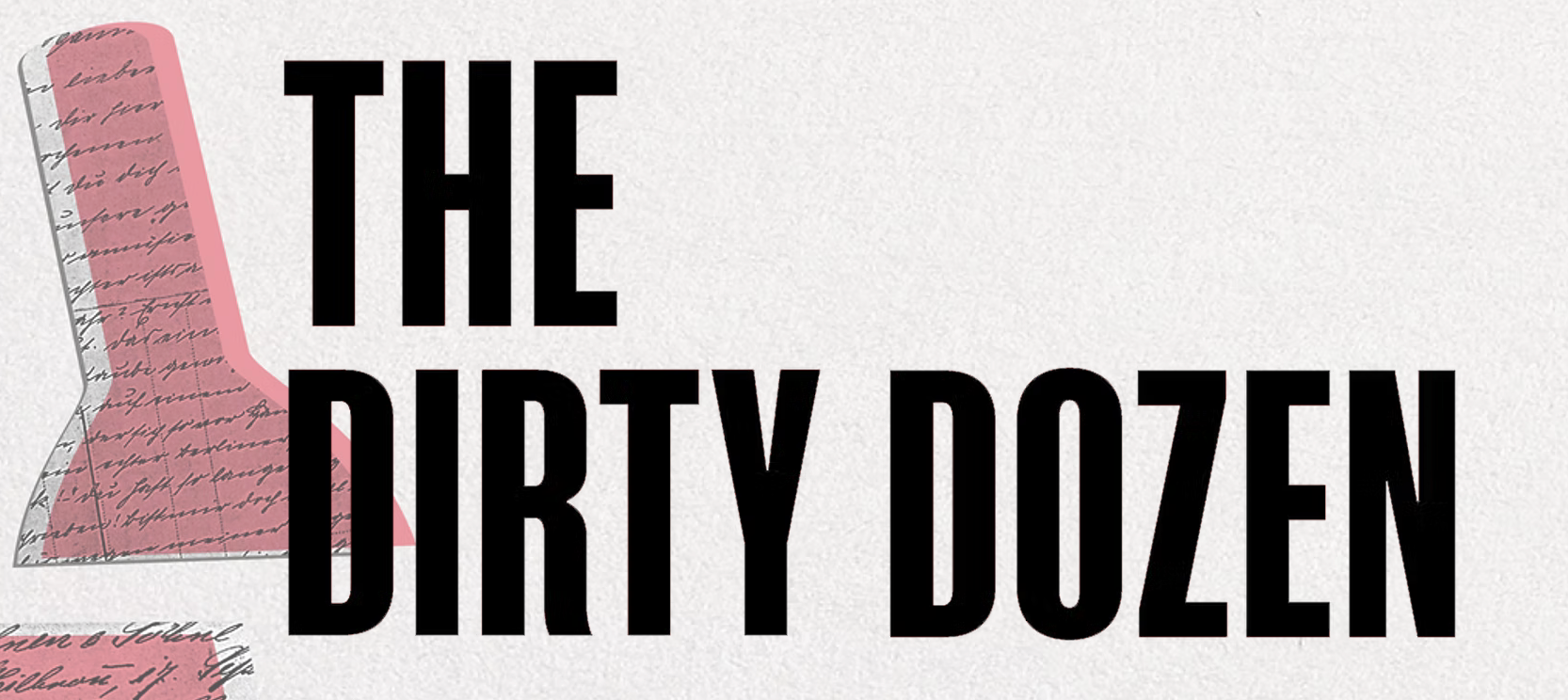With his four wines, four wineries, four counties project, Keay wanted to create a snapshot, illustrating the English wine scene’s ambition and professionalism and lack of fear about doing things differently.
Another day, another dash, this time northwards up the A31 and along the scenic Hog’s Back in Surrey to Greyfriars Vineyard. 54 minutes door to door. According to winemaker Mike Wagstaff, who took over the 30 year old vineyard ten years ago, Greyfriars now has 40 acres under vine with 70,000 bottles produced last year in its new winery near Guildford.
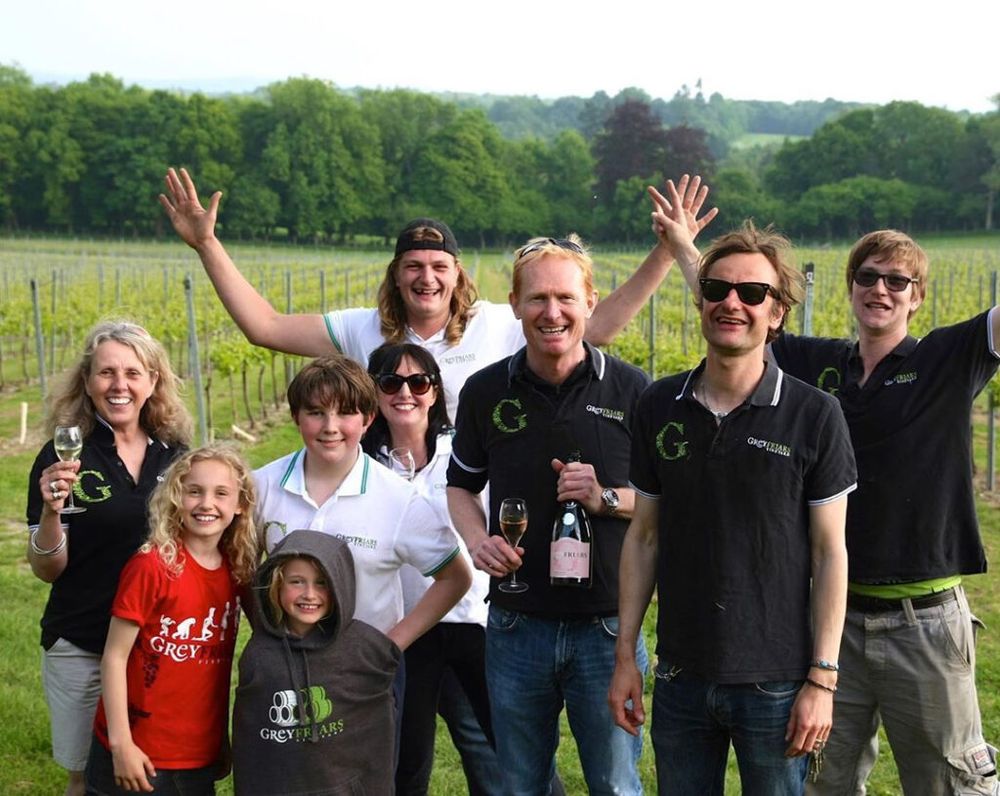
Mike Wagstaff and the Greyfriars team
With many of its south-facing vines on a hillside overlooking the Surrey countryside, this is a perfect spot with the core strategy being to offer good wines at a fair price. The Cuvée Brut NV (a blend of Pinot Noir, Chardonnay and Pinot Meunier) and their Classic Cuvée Brut 2014 (Chardonnay, Pinot Noir and Pinot Meunier) at respectively £20 and £25 a bottle, show they are achieving this as do other wines priced around £20.
But for me, the discovery here is Greyfriars’ first ever Blanc de Noirs from Surrey Hills. 60% Pinot Noir and 40% Pinot Meunier from the best plots, hand-harvested from 2014 and 2015, whole bunch pressed, tank fermented and blended before being bottled in 2016. The result is a remarkably moreish apple and red fruit charged wine with lovely balance and acidity. Just 3800 bottles were made, so pretty good value at £32.

And finally another drive along the M27, eastwards this time to Chichester and West Sussex’s Tinwood Estate, at which I’m pathetically pleased to arrive exactly one hour to the minute after leaving my front door.
Located just next to Goodwood Racecourse, with a capacity of 250,000 bottles a year, Tinwood might just be the largest UK wine producer you’ve never heard of. But there’s a reason – most of the fruit is sold to Ridgeview which sends back 20% bottled into three wines for Tinwood to sell under its own label, under an agreement signed several years ago (Tinwood’s owners, the Tukker family, own around 25% of Ridgeview).
The result is that Tinwood is largely focused on cellar door sales – aided by the three luxury lodges built, with views across the vines to Bognor Regis in the far distance, complete with jacuzzi and sauna – and sales to local restaurants and independents.

George V’s final words may have been “Bugger Bognor” but the proximity to Tinwood of reputedly the sunniest spot in the UK has proved a blessing, facilitating good harvests that typically start in September – the 14this pencilled in for this year, maybe the UK’s earliest. Certainly the outlook is much better than it was before the vines were planted in 2007, when the Tukkers were one of the country’s biggest growers of those iceberg and little gem lettuces which hardly anyone eats anymore.
Tinwood’s owner Art Tukker says he remains a grower/farmer rather than a winemaker, and remains happy with the arrangement with Ridgeview, whereby Tinwood provides it with some 65% of its grapes.
“They wanted a reliable long term growing partner and we wanted a quality producer we could depend on, and it’s worked very well,” he says, pointing to the wines on the table.
My favourite is the Tinwood Blanc de Blancs 2017, 100% Chardonnay, very pure fruit with apple, pear and citrus on the palate but great balance and good acidity. This, I imagine, is what successful collaboration tastes like.
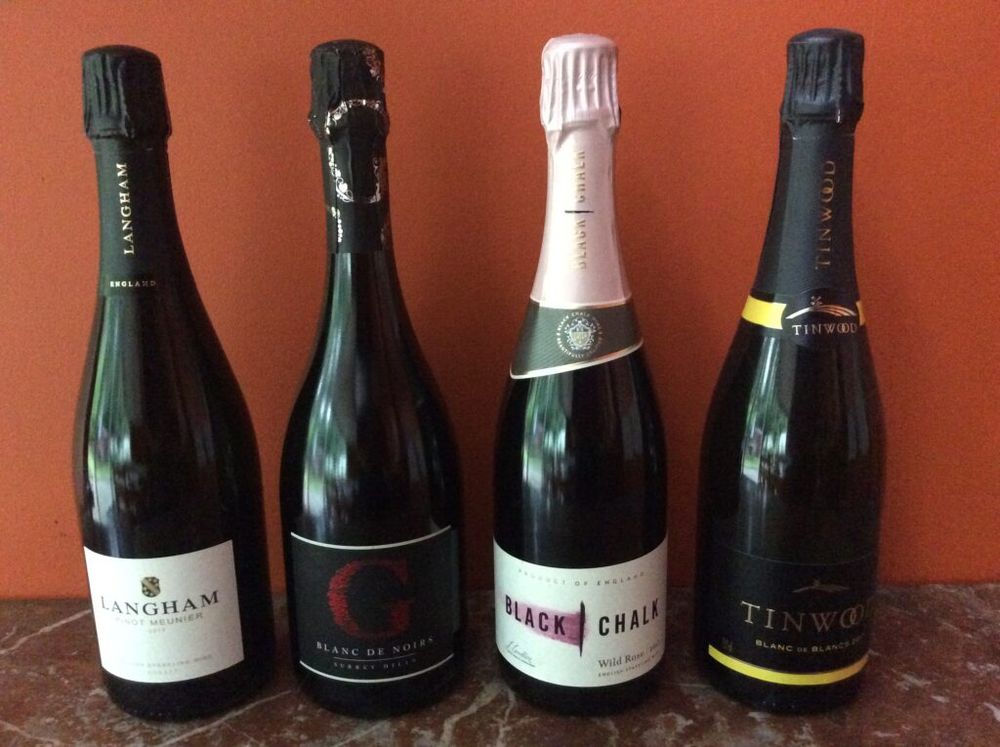
The four wines that stood out the most from Keay’s 4 counties/ wineries/ wines project
So, four wines, four wineries, four counties – a snapshot, illustrating the English wine scene’s ambition and professionalism and lack of fear about doing things differently. The outlook for this year looks encouraging, with Langham Wine Estate’s winemaker Tommy Grimshaw prepared for a “good but probably not great harvest.” Yet challenges lie ahead, during times when, frankly, there isn’t much to celebrate and money will be tight – not an ideal scenario for expensively made sparkling wine. Three of the four wineries here are investing in new tasting rooms suggesting cellar-door sales will be key part of future strategy.
And some worry that those 2019 plantings could mean a glut going forward.
Hugh Liddell of Cottonworth in Hampshire says the current environment – defined by Covid-19 and an imminent deep recession – favours big producers with decent financial reserves, and very small ones, who can sustain themselves with cellar door sales.
“I fear the middle-sized producer will be squeezed,” he says, over a glass of his excellent Classic Cuvée, a delicious, bready blend of the three traditional Champagne varieties.
Such worries aside though, the outlook right now feels good, with our wine industry a cause for celebration and pride. And who would have thought that a few years ago?

Last year alone there were 3 million vines planted
Stuck at home throughout lockdown, it somehow made sense to taste my way through some of what English winemakers are making today – alongside my usual bottles of course. So what’s most impressed?
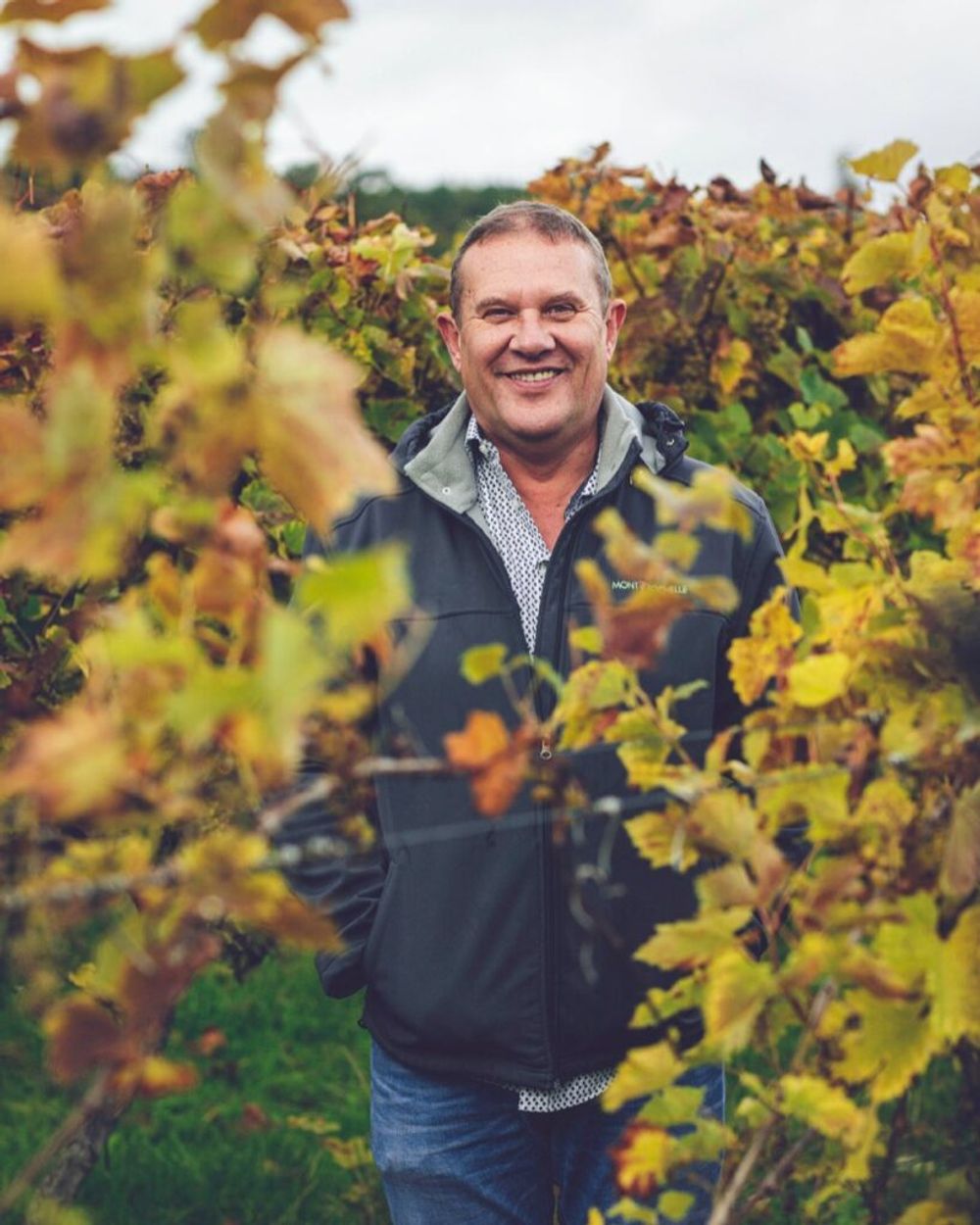
Litmus Wines winemaker John Worontschak has been making wine in England since 1988 and is one of the pioneers of the modern industry
I’ve always been a fan of John Worontschak’s Litmus Wines, and their two early 2020 releases – the 2019 Orange Bacchus and the latest Element 20, a blend of Chardonnay, Pinot Gris and Pinot Blanc from 2014 – are quite delicious. The latter is a departure from the usual Element 20 blend of Chardonnay and Bacchus but works very well, resulting in a complex and full bodied wine that still comes in at 12%. The Orange Bacchus spent 16 weeks on the skins before bottling and the resulting wine is very long, with lots of white pepper and marzipan on the nose and palate. Different, but in a really good way (wines available through Bibendum)
Danebury Vineyards near the posh country town of Stockbridge in Hampshire are one of the stalwarts of the English wine scene, planting back in 1988. Since then, following organic principles, they have continued cultivation of non-French varieties including Madeleine Angevine and Schonburger, which appear as still varietals. My favourite still wine is their award-winning Reserve, a blend of the above varieties with Auxerrois Blanc and Pinos Gris and the delightfully different sparkling Cossack 2015, a toasty, meaty stone peach blend of the same two grapes aged on the lees for four years and made the traditional way. These wines have a loyal following, suggesting Danebury was right to stick with the varieties they have and not replant with French as many other older producers have done.
One of the new kids in town has a familiar ring: Louis Pommery England, produced by Vranken Pommery using Hattingley Valley facilities, launched two years ago as the first English wine to be made by a French house and has done well in both the on and off trade. This year for the first time will see wines made from grapes at the 40 acre Pinglestone vineyard in Alresford – a historic moment, which is why I felt obliged to walk around it a few weeks ago. In the meantime the 2018 is still available, full of green apple acidity with firm lingering mousse. Made under the watchful eye of Clément Pierlot, Cellar Master of Champagne Pommery, this medium bodied NV wine – made from Sussex, Hampshire and Essex Pinot Noir and Pinot Meunier grapes — seems quite distinct from its French counterpart, maybe reflecting the diverse soils from which the grapes came. It will be interesting to see how the 2020 vintage plays out, with the grapes all coming from one and Pommery’s own, source. (Matthew Clark)
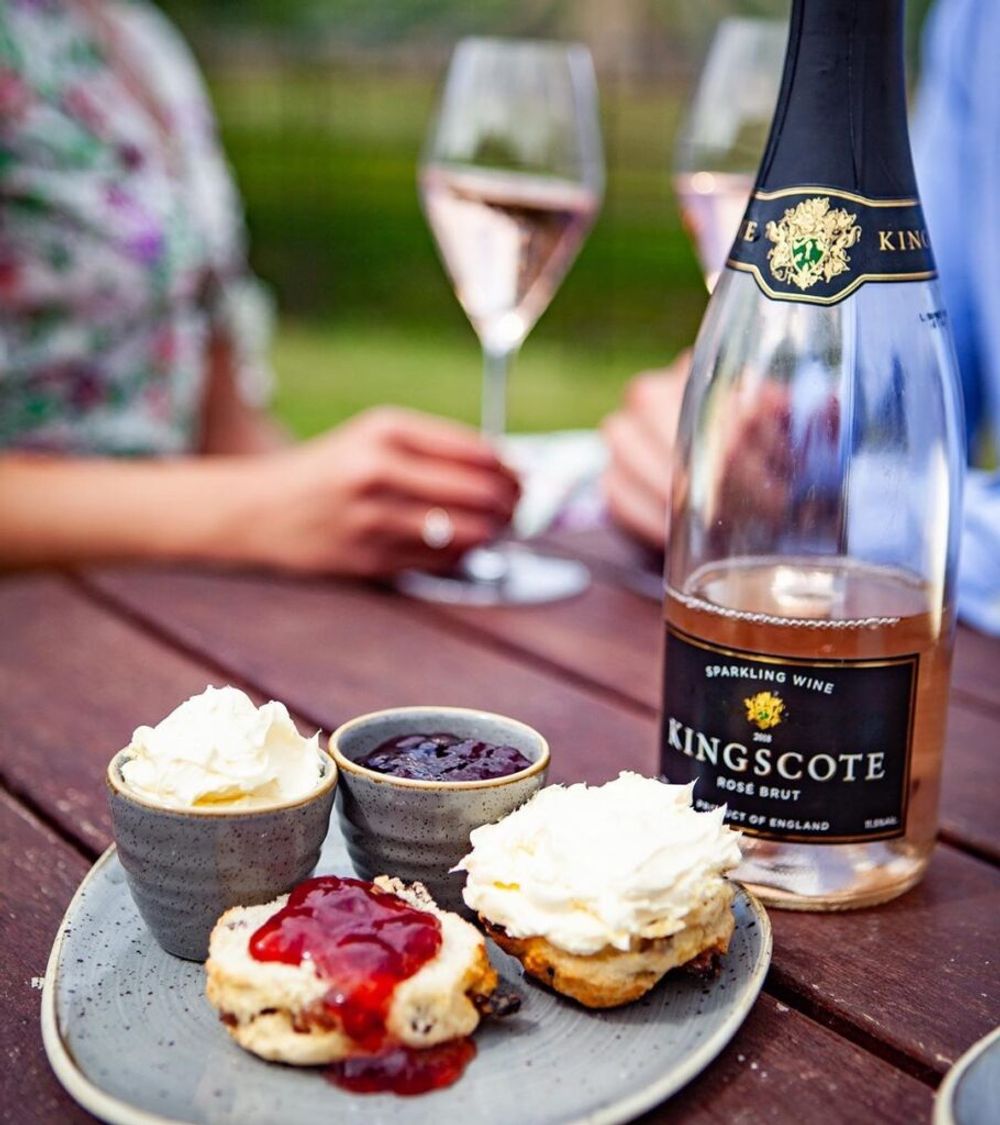
As English wine has been finding its way, establishing a global reputation for quality and long ageing (an expensive process), sparkling wine made in the tank rather than undergoing secondary fermentation in the bottle hasn’t been a part of the conversation. But it is cropping up more often, taking advantage of the sub-£20 price category and one good example is Kingscote Estate in Sussex, which makes a Brut 2018 from Bacchus, Pinot Meunier and Chardonnay and a Rosé Brut 2018 from the same grapes plus Regent. Both are decent with the edge probably going to the former, very slightly off dry, fruit driven but with good acidity. Less fizzy than many Charmat wines, moreish on a warm evening.
And finally it wouldn’t be right not to mention that engine of British viticulture, Plumpton Estate which – naturally enough – produces its own wines from a range of varieties. The Plumpton Estate Brut Rosé NV and Plumpton Rock Lodge Rose 2016 were released earlier this year and both impressed for their freshness and fruit forwardness, with just the right amount of acidity; the first is a regular award winner and at just £23 for a wine with such character and finesse, I can see why. The Rock Lodge, made from 100% Acolon, was really appealing, bright strawberry red but with an underlying dryness, which made this very moreish as well as distinctive. At just £12 a bottle, this really is something the English wine industry should be making more of – a memorable good value wine that can genuinely stand comparison with its foreign peers. All available through Southdown Cellars

